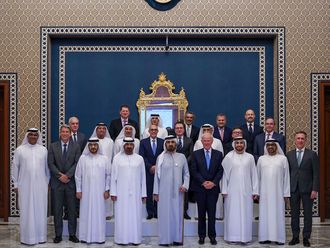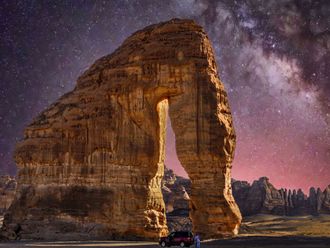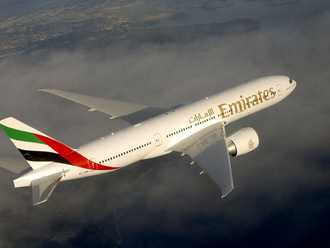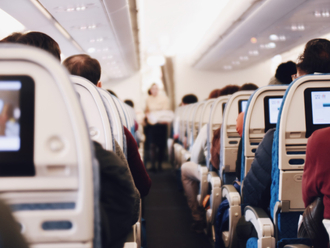Last May, as a 30th-anniversary gift to ourselves, my husband, Stuart, and I went on a tour of Nepal and Bhutan. Post-child-rearing but before (fingers crossed) grandchildren, we wanted something big, something different, something outside our comfort zone that would not actually be uncomfortable. Which meant hiring someone else to do the planning for us, in this case, a Massachusetts-based tour company called Odysseys Unlimited.
Squeezed between the northeastern tip of India, where it loops around Bangladesh, and the southernmost curve of Tibet, Nepal has a population that is mostly Hindu. Bhutan, in the same neighbourhood, is largely Buddhist. Bhutan is also the last of the Himalayan kingdoms to remain a kingdom, with a hereditary monarchy and a culture largely untouched by the ravages of Hollywood’s fashion and pop dominance on the one hand, and that of environmental degradation on the other.
Until 1974, Bhutan did not let foreigners in. Since then, it has been reinventing itself, casting itself as the world’s happiest nation and measuring its overall welfare not in terms of GNP but by “gross national happiness,” as set forth in 2008 in the Constitution of Bhutan. For tourists, this means a $250-a-day (Dh918) tariff (typically folded into other costs, including the required guide).
A country that, for many of the most ambitious mountaineers, all but invented trekking, plus a pristine sliver of the Himalayas that celebrates both happiness and Buddhism? We signed on.
But we had some concerns, mainly having to do with our preconceived ideas of organised tours. My husband and I are youngsters in our pre-60s. What if the others on the trip turned out to be downright old? And what if the guides spent too much time on stuff we were not interested in? Could you even get off the bus if you wanted to? We had never been on an organised tour.
Yet what did we know about stupas? Maybe we needed the kind of tour provided by professionals after all.
Speaking of stupas, I had never seen one until the morning after we arrived in Kathmandu. Delirious from lack of sleep, we met our fellow tourists in the lobby of the Hyatt Regency, boarded the first of the buses that would take us to and fro for the duration of the trip, and set off for Swayambhunath, a temple complex built atop a hill reached by hundreds of steps. At the very top is the stupa itself, white, with a 13-tiered golden spire.
Stupas are hemispherical structures, focal points for worship and meditation. As our excellent tour guide, Sanjay Nepal, explained, they are typically painted with four sets of eyes pointing in four directions to symbolise the Buddha’s all-seeingness. My own set of eyes did not know what to look at first: the prayer flags fluttering in the sky, the prayer wheels being spun by the devout, the monks on their mobile phones or the monks at their devotions?
And then there were the monkeys. Monkeys, monkeys, everywhere — in the trees, on the sleeping Buddha statue, climbing the enormous stupa.
By the end of the day, I would learn that the downside of being on a tour was not, in our case, our fellow tourgoers (who, though mostly older than we were by an average of 12 years, were an energetic, friendly bunch). Rather, it was exactly what the upside of the tour was supposed to be: the schedule, which included meal times and number of sites visited per day. You went where and when the tour took you, even if you would have preferred a good, long apres-lunch nap.
Instead, Day 1 included not just Swayambhunath, but also Durbar Square, the historic city centre. Still, despite my jet lag, every one of my sense organs woke up as we climbed off the bus and into a place unlike anything I had seen except in movies.
Kathmandu is home to some 4.5 million residents, if you include the towns that it has gobbled up. The city is all but choked, not only by motor vehicles, but also with garbage, pollution, pedestrians, cattle, oxen and stray dogs; and it is still rebuilding, in great plumes of grit and dust, from the 2015 earthquake that killed nearly 9,000 people and injured an additional 22,000.
The city is also home to many religious traditions that have long rubbed up against one another, resulting not just in the parade of stupas that we would see, but also in an almost overwhelming profusion of spirits, demons, carvings, masks, mendicants, monks, music, prayer, ritual and meditative practices.
I would need a lifetime of study to understand the various manifestations of Hinduism, Buddhism, animism, tantric tradition and their offshoots. I can say, in extreme oversimplification, that most Hindu practice revolves around individual deity worship. Buddhism, which came out of the same ancient Indian religious culture as Hinduism, centres on its four Noble Truths, which articulate, among other things, that all suffering comes from craving.
As the tour continued and I wandered through temple complexes, past statues of deities and among robed monks, I began to have a new appreciation of how being rooted in spiritual tradition might be a key to something akin to serenity, to life fully lived.
But nothing quite excited my own lifelong quest for being in proximity to the divine like the Pashupatinath Temple complex, Nepal’s holiest Hindu shrine, where I witnessed my first cremation. My first seven or eight cremations, actually. Because here, along the banks of the Bagmati River — turgid and brown before the onset of the monsoons — is where the devout send their dead to the next world in accordance with the teachings of the Vedas.
A few days later, a short flight took us over Mount Everest and into another world, starting with our approach to the airport, set in a valley surrounded by hills that practically touched the wings of the airplane as we made our descent. By now I was feeling friendly enough with my fellow tour members to make jokes about being “stupa-fied.” I was also punch-drunk from a combination of nonstop touring and high altitude.
An almost untouched swath of forest, mountains, waterways and fertile agricultural lowlands, with a population of fewer than 1 million residents who are governed by a constitutional monarchy, Bhutan is Edenic, and possibly even the world’s happiest country, as it claims to be. But I also wondered if it was not also somewhat, well, rigid.
Take Bhutan’s “national dress” — colourful robes or skirts that certain classes of artisans and professionals must wear to work. Or the ubiquitous billboard-size photographs of the photogenic royal family. Or road signs urging hard work and sobriety.
I did not observe a single person yelling, cursing, road-raging or even frowning. Except me, especially when, during our first night in the capital city of Thimphu, a passel of dogs had a howling contest under my window.
Perhaps they were trying to communicate with the nearby and recently completed Great Buddha Dordenma. At 51 metres tall, it is massive, and as shiny as real gold — because it is real gold, or rather, gold plate. Inside its base, there are some 125,000 additional, much smaller gilded Buddha statues.
No one seemed bothered by the apparent contradiction of a golden statue in a poorly educated and developing country. But herein is the strange wonder of Bhutan: Being there, even with a guide whose job it is to show you an idealised version of the place, is like being immersed in a fairy tale. You want to believe it, too, even while knowing that gross national happiness was introduced as a government goal as recently as 2008.
And why not? Until the 1960s, the country did not have cities (even now the largest city, Thimphu, has fewer than 100,000 people), but was made up of villages, forested uplands and rural, sometimes seminomadic, settlements.
What the country did have were dzongs. These majestic and usually whitewashed fortress-monasteries, typically built along rivers, today are home to both monks and government officials, and are considered to be the physical manifestation of Buddhist principles.



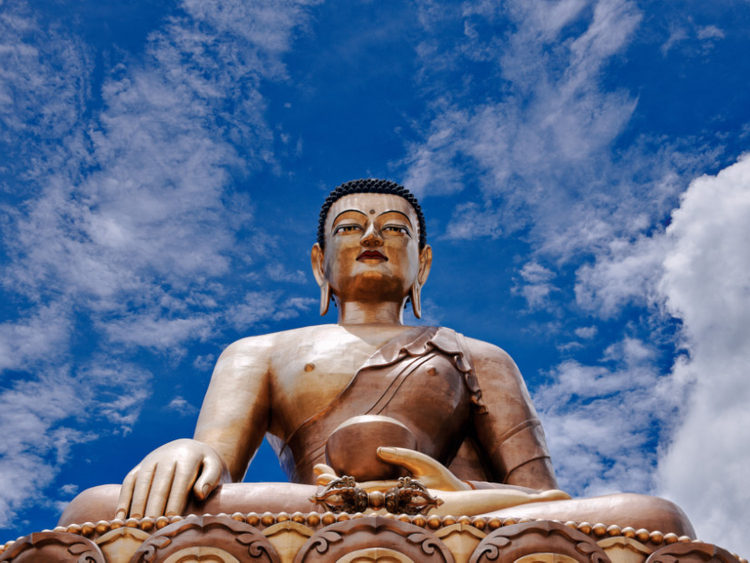
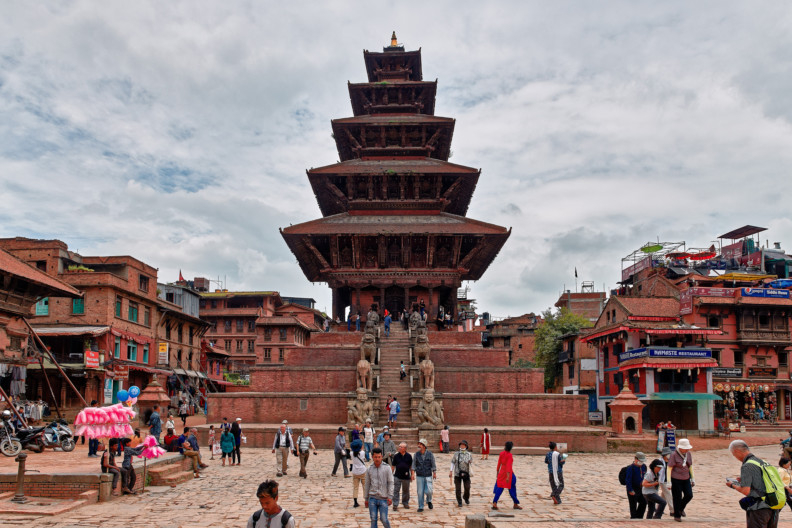

_resources1_16a08544951_small.jpg)
